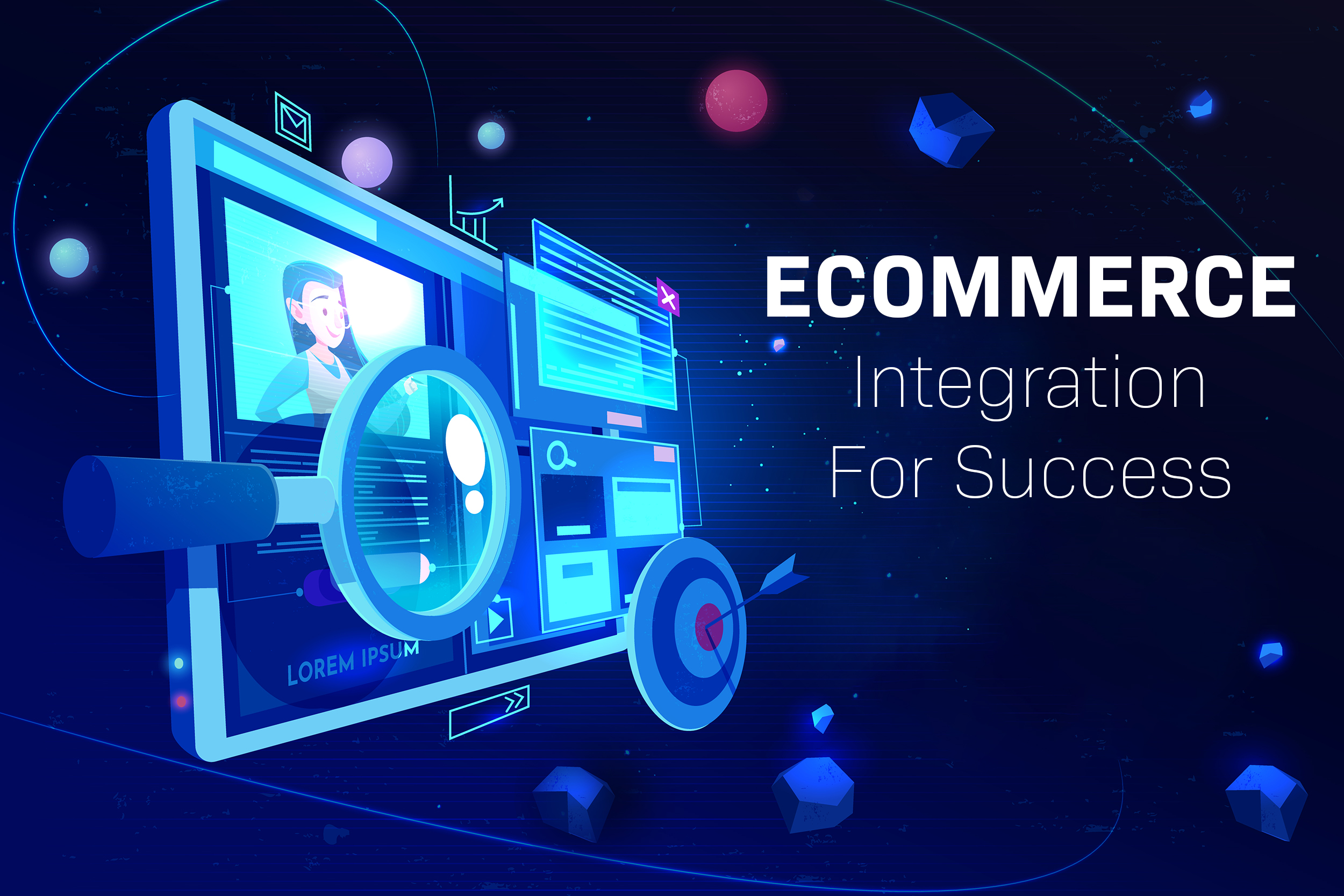With such a competitive playing field, one strategy that can help smaller businesses stand out above the rest is Ecommerce Integration. The ecommerce industry in Vietnam was valued at $11.8 billion in 2020, and is expected to reach $52 billion by 2025 (read The Rise of Ecommerce in Vietnam here). Vietnam’s ecommerce growth has attracted many foreign ecommerce entities including the largest multinationals, such as Amazon and Google. Why? In this post, Metasource explains why you should consider integrating front and back office systems for your ecommerce business.
What is Ecommerce Integration?
In ecommerce, ‘integration’ is the coordination between front and back office systems and processes. As a result, information from both systems is accessible through a centralized database.
While back office systems are used to keep the ecommerce business going, front office systems are customer-focused. Examples of back office systems include accounting, shipping, and inventory; front office systems include marketing, sales, and customer service. At first glance, it may seem that integrating is unnecessary effort, as back and front office processes are very different with different utilities and purposes. On the contrary, as the next section will prove, integrating can be an effective market entry preparation tool.
Why Ecommerce Integration?
Integrating front and back office systems offer two major benefits: reduced duplication in the back-end, and improved customer service in the front-end. An integrated system means information does not need to be cross-checked between systems, and information is entered just once. This not only reduces duplication as mentioned, but increases workplace productivity and lowers operation costs in tandem. With regards to customer service, integration reduces wait-time in providing information to customers. Additionally, more information can be provided to customers to inform their purchasing decisions, leading to better customer satisfaction, which is a key metric in growing your ecommerce business.
Evidently, integrating front and back office systems means workers are more efficient, while customers are more satisfied. Metasource seriously recommends ecommerce businesses to set aside funds to facilitate a systems integration.
How to Integration
Integration, if done correctly and efficiently, can be cost-effective and drastically improve front-end experience for customers. Below are the steps you should take to integrate successfully:
- Define data to integrate. Here, “define” means determining the following:
a. Which data to integrate
b. Source of data
c. Where to send the data
d. Data update time schedule
- Map Customer Registration Workflow: Before any project implementation stage, businesses should map out the registration workflow for potential customers. It is important to know which initial data will be migrated as mapping this will ensure a more realistic expectation of what the implementation will look like.
- Build Data Migration Plan: Data migration often calls for initial one-time steps, which may include loading product data and mapping existing users to ERP accounts. Here, businesses should determine the initial data first, then finalize a migration plan (when’s and how’s).
Back Office Hosting
With such a competitive ecommerce industry in Vietnam, ecommerce businesses entering Vietnam should consider integrating to stand out. In line with the benefits of integration, hosting options that are both cost-effective and effective can greatly benefit your ecommerce business, too. Metasource offers hosting services to foreign companies looking to start or expand to Vietnam. We also offer recruitment and legal services. You can contact us at info@demo.metasource.co to receive a free consultation, or fill out the contact form below.


